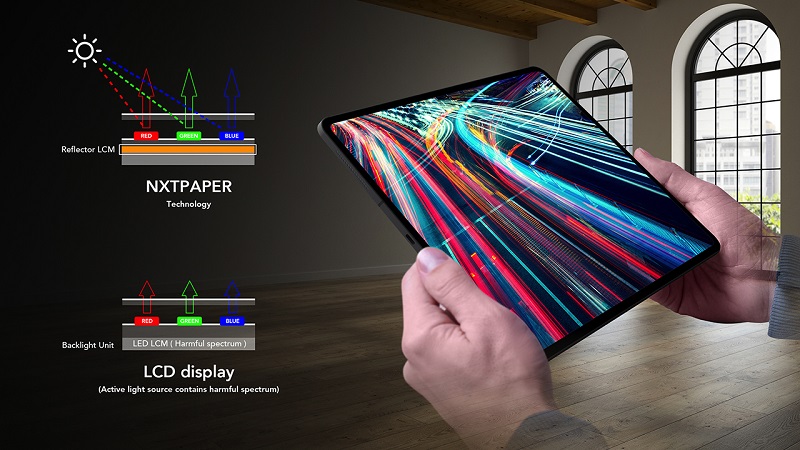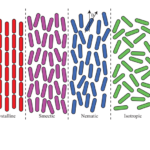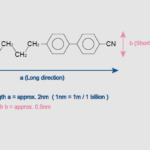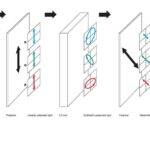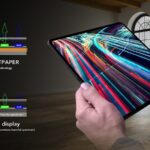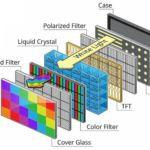What is Reflective displays Technology
In any LCD backlight typically consume more than 8o percent of total power consumption.
For mobile complex displays, battery lifetime is of great importance, and clearly the development of products that can be viewed in ambient light without recourse to backlighting is highly desirable.
Such displays are known as reflective displays, and they can be realized in a number of ways. Some commercial reflective displays operate much like the transmissive STN.
The liquid crystal again acts as an electro-optical layer between two polarizers. In place of a backlight, however, an aluminum mirror is used to reflect ambient light back toward the viewer when the liquid crystal is switched to a bright (or transmissive) state.
Polarizers absorb about 50 percent of unpolarized light passing through them, and the removal of one or both polarizers can increase the brightness of the reflective displays. Indeed, active-matrix devices with single polarizers have begun to dominate the high-quality reflective display market—for example, in mobile phones and handheld electronic games.
There is also another type of reflective device, known as a guest-host reflective display, relies on dissolving “guest” dye molecules into a “host” liquid crystal.
The dye molecules are selected to have a colour absorption that depends on their orientation. Variations in an applied electric voltage change the orientation of the host liquid crystal, and this in turn induces changes in the orientation of the dye molecules, thus changing the colour of the display.
Guest-host devices may use one or no polarizers, but again they require a mirror. They can show high brightness, but generally they exhibit poorer contrast than optimized TN single-polarizer devices.
Truly reflective displays (not requiring a mirror) have been manufactured using optically active liquid crystals known as chiral nematics or cholesteric liquid crystals. (The first chiral nematics were based on derivatives of cholesterol, hence the now-obsolete term cholesteric.)
The molecules of such optically active liquid crystals spontaneously order into helical structures that are found to reflect light of a specific wavelength (i.e., a specific colour) that is approximately equal to the pitch of the helices.
The molecules of such optically active liquid crystals spontaneously order into helical structures that are found to reflect light of a specific wavelength (i.e., a specific colour) that is approximately equal to the pitch of the helices.
Transflective displays have been developed that combine some of the features of polarizer-based reflective displays and transmissive displays.
Transflective devices use a mirror that is partially reflective and partially transmissive, situated between the liquid crystal layer and a backlight.
When ambient light levels are high, the backlight may be turned off and the display operated as a reflective device, saving battery power.
When light levels are low, the backlight may be turned on to increase the brightness of the display. This clearly has advantages, although transflective displays by their nature represent a compromise and cannot readily match the reflectivity of a dedicated reflective display or the brightness of a transmissive device.
Also visit below page :
